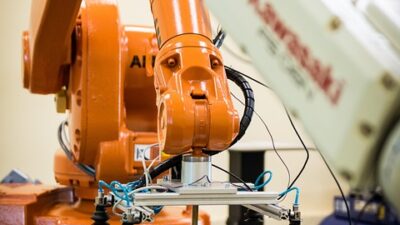In the ever-evolving field of data science, women are increasingly at the forefront, breaking down barriers and defying long-standing stereotypes. As data becomes one of the most valuable assets in the modern world, women in data science are not just participating; they are leading the charge, demonstrating that diversity drives innovation and creativity.
The Gender Gap in STEM
Historically, STEM (Science, Technology, Engineering, and Mathematics) fields have been male-dominated, with women often facing systemic challenges that deter them from pursuing careers in these areas. Data science, as a field that integrates statistics, computer science, and domain-specific knowledge, has also struggled with gender parity. However, recent years have seen a proactive shift as more women are pursuing careers in data-related fields, encouraged by organizations and initiatives aimed at promoting diversity.
Challenging Stereotypes
Women in data science are shattering stereotypes that suggest coding, analytics, or statistical modeling are exclusively male activities. Figures like Dr. DJ Patil, the first Chief Data Scientist for the United States, and Dr. Fei-Fei Li, known for her work in artificial intelligence and computer vision, are examples of female leaders in data who challenge conventional views of gender roles within technology.
These women serve as not only role models but also catalysts for change within their organizations. They are redefining what success looks like in data science by incorporating empathy, collaboration, and interdisciplinary approaches that resonate across various sectors—from healthcare to finance. By eschewing the traditional narrow definitions of success in technology, they are reshaping narratives around leadership and innovation.
The Importance of Diversity
Research consistently shows that diverse teams are more effective than their homogenous counterparts. In the context of data science, diversity in thought and experience leads to better problem-solving and a wider array of insights drawn from data. Women bring unique perspectives that can cultivate more inclusive algorithms and algorithms that cater to a broader demographic.
Organizations that prioritize gender diversity in their data science teams not only empower their employees but also improve their bottom line. Studies reveal that companies with higher diversity in leadership perform better financially and are more resilient to challenges.
Initiatives Supporting Women in Data Science
To bolster the impact of women in data science, various initiatives and networks have emerged. Organizations such as Women in Data Science (WiDS) and Girls Who Code provide platforms for networking, mentorship, and skill development. These programs not only support the professional growth of women but also work to inspire the next generation of female data scientists through outreach activities and community engagement.
Conferences, hackathons, and workshops focused specifically on women in data science are becoming more common, providing valuable opportunities for collaboration and learning. As more women enter the field and rise through the ranks, they are paving the way for future generations to thrive.
The Road Ahead
Despite the progress made, challenges remain. The data science field must continue to address implicit biases and systemic inequities that inhibit women’s advancement. Companies should implement policies that promote inclusivity and seek to create environments where all team members can thrive. Best practices include mentorship programs and training for hiring managers to recognize and mitigate biases in recruitment processes.
As technology advances and the demand for skilled data scientists continues to grow, the role of women in this space is more crucial than ever. Their contributions not only enhance the capabilities of their organizations but also challenge the outdated stereotypes that have long confined women to the sidelines in STEM fields.
Conclusion
Women in data science are not merely shattering glass ceilings; they are forging new paths and leading the charge towards a more inclusive and innovative future. By embracing diversity and challenging traditional norms, they are proving that data science, like any field, thrives on a variety of perspectives and experiences. As we look to the future, it is imperative that we continue to support and uplift women in data science, ensuring that their voices are heard, celebrated, and amplified.



